MATHINFINITY

GEOMETRIC FIGURE
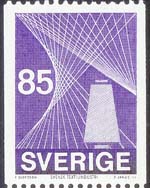
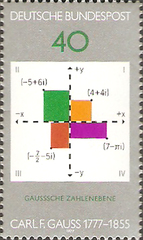
Geometry is a branch of mathematics concerned with questions of shape, size, relation of figures, and measurement of space. Point, line and plane are concepts of geometry. They are also the basic elements of a 2-dimensional surface. Point is the basis of all figures. A line is formed by connecting an infinite number of points. A plane is a flat, 2-dimensional surface formed by extending an infinite number of lines. Plane Figures are geometric shapes with all parts lying on the same surface. Shapes with parts on different surfaces are called Solid Figures. This is also known as "points forming lines; lines forming planes; planes forming objects".
Lines and Plane Figures
- Lines: straight line, curved line, line segment, etc.;
- Round shapes: circle, oval;
- Arc shapes: shapes formed by straight lines and arcs, such as bow, parabolic arc, etc;
- Multi-arc shapes: crescent, grain shape, Tai Chi shape, gourd shape, etc;
- Polygon: triangle (e.g. equilateral, right-angled triangle, isosceles triangle), quadrilateral (e.g. square, rhombus, rectangle, trapezium, parallelogram), pentagon, hexagon, etc..
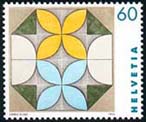
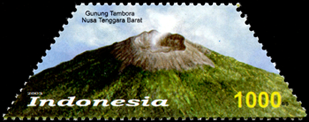

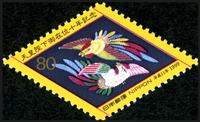
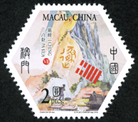


Solid Figures
Cube, cylinder, rectangular prism, pyramid, tetrahedron, octahedron, sphere, cone, etc.

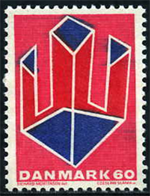

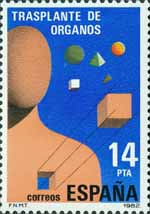
Stamps and Geometric Figures
Stamps are issued by postal authorities or authorized post service companies. It is also called the "name card of the country". When the sender pastes the stamp onto the envelope, it shows that the postage has been paid. Stamp-collection is not only a hobby, but also a kind of professional knowledge. We can learn about the history, culture and development of different places around the world through collecting and studying stamps and philatelic products.
Following the rapid technological development, leather, metal, fabrics, porcelain and even glass can be used to make stamps apart from paper. Most stamps are in rectangular shape because it helps to save materials and the proportion of its dimensions is close to the golden ratio, making it visually appealing. To cope with the themes of the stamps, different places of the world often issue stamps in various shapes so as to make them more interesting and attract more stamp lovers to collect them.

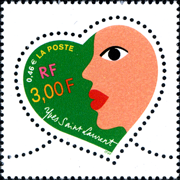




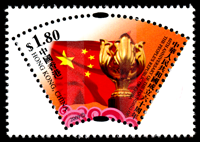
Interactive Game
While appreciating the stamps of different shapes, try matching the stamps with their corresponding geometric figures.
Did you know?
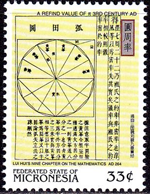
1) Look and find! Some stamps have included certain mathematical elements. Do you know the Pythagorean Theorem (a²+b²=c²)? In ancient China, it was recorded in the Zhoubi Suanjing that Shanggao used the Chinese terms "three for gou, four for gu, five for xian" as an example to explain the same theory. Hence, the Chinese people called it the Gougu Theorem or Shang Gao Theorem.
2) Pi is the ratio of a circle's circumference to its diameter. During the Northern and Southern Dynasties, Zu Chongzhi cut a circle into a shape with 24576 sides based on the π algorithm of Liu Hui during the Three Kingdoms Period. Pi was then accurately calculated up to 7 digits (π =3.1415926). This recorded was broken only in the 15th century.
About CMM
Contact US
Others
Other Websites
Number of Visitors:
Last Modified Date: 10/03/2025